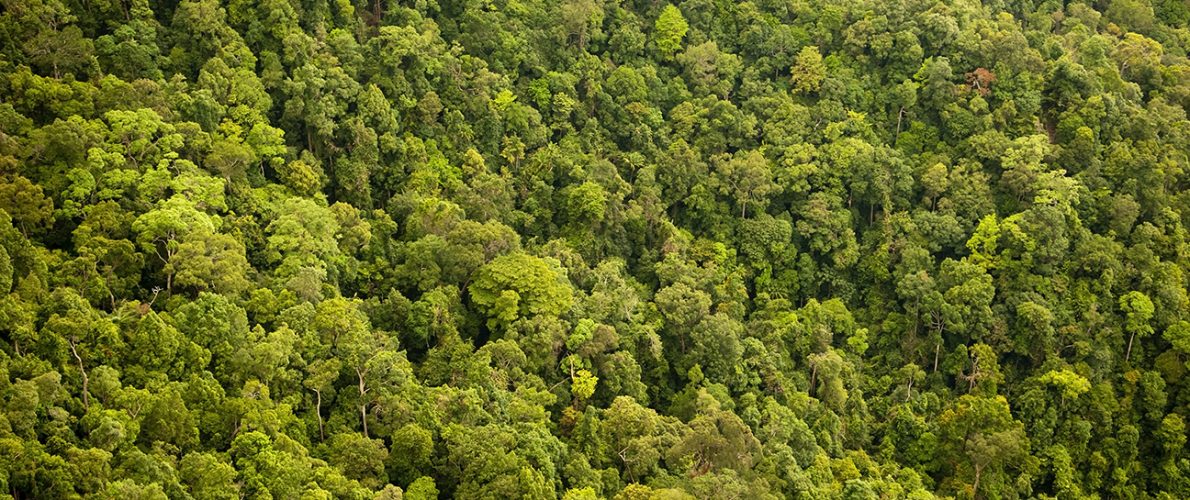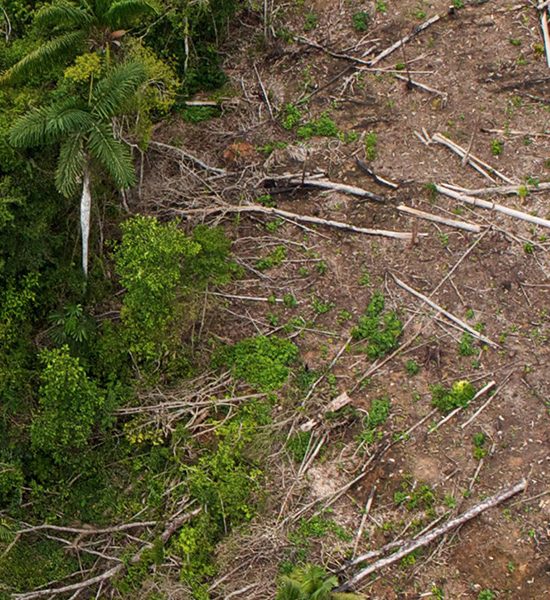
Protecting a Wildlife Oasis in Madagascar
Support More Work Like ThisSupport More Work Like ThisSafeguarding Madagascar’s endangered and endemic species remains a challenge at the national and international levels.
-
Species at Risk
Anjiabe Skink (Paracontias minimus-CR), Crowned Lemur (EN), Diego Baobab (Adansonia suarezensis-EN), Green Golden Frog (EN), Petter’s Chameleon (VU)
-
Carbon stored
6,183,244 mT*
*(metric tons of CO2 equivalents) -
Partner
Madagasikara-Voakajy (MaVoa)
-
83,7111 Proposed Acres Conserved by
Designation
-
Project Cost: $603,212

83,7111
Safeguarding Madagascar’s endangered and endemic species remains a challenge at the national and international levels.
-
Species at Risk
Anjiabe Skink (Paracontias minimus-CR), Crowned Lemur (EN), Diego Baobab (Adansonia suarezensis-EN), Green Golden Frog (EN), Petter’s Chameleon (VU)
-
Carbon stored
6,183,244 mT*
*(metric tons of CO2 equivalents) -
Partner
Madagasikara-Voakajy (MaVoa)
-
83,7111 Proposed Acres Conserved by
Designation
-
Project Cost: £437,110

83,7111
Safeguarding Madagascar’s endangered and endemic species remains a challenge at the national and international levels. To date, the country counts 728 threatened fauna and 609 threatened flora species, many of which reside outside protected areas. Recognizing this, Rainforest Trust recently funded a Rapid Protected Area Feasibility Assessment to identify sites that would have significant impact for the conservation of amphibians, one of the most threatened groups of animals in the world. This led to identifying Anjiabe as a priority site for the conservation of the Endangered Green Golden Frog (Mantella viridis). Anjiabe’s importance for the survival of threatened species goes well beyond amphibians and is arguably one of the most important sites in the world for the endemic and Critically Endangered Anjiabe Skink (Paracontias minimus). This species is currently not found in any protected area and is threatened by habitat loss that will be prevented through the creation of the Anjiabe Protected Area. This site will also provide security for other Endangered species including the Crowned Lemur and the Diego Baobab, as well as for eight Vulnerable species.
Rainforest Trust seeks $603,212 to assist its local partner Madagasikara Voakajy in creating the Anjiabe Protected Area that will cover 83,711 acres. Currently, only 37 percent of the total proposed area is protected by community-based organizations. Two new community-based organizations will be established to manage areas not yet under community management. However, the creation of these organizations do not guarantee full protection of the area against land grabbing or other future encroachments. Therefore, our partner will also strengthen the capacity of all five local communities to manage and monitor the new protected area.
Rainforest Trust seeks $34,128 to help local partner Madagasikara-Voakajy create the 328-acre Ankafobe Forest Protected Area. Community engagement is crucial for the success of conservation in Madagascar, as local support is needed to manage protected areas in the long-term. Therefore, this project will be implemented in collaboration with community group VOI-Sohisika and the Missouri Botanical Garden with the aim of having this irreplaceable site designated as a permanent protected area.
Explore the Anjiabe Protected Area

The Vulnerable Petter’s Chameleon courtesy of Vladislav T. Jirousek/shutterstock

The Endangered Diego Baobab courtesy of Artush/shutterstock

The Endangered Crowned Lemur courtesy of Zaruba Ondrej/shutterstock
Biodiversity
The proposed Anjiabe Protected Area includes an unprotected Key Biodiversity Area for a species not found in any currently protected site (the Critically Endangered Anjiabe Skink), making it a global conservation priority.
The Anjiabe Skink is only known to exist in northern Madagascar. At present, its known extent of occurrence is only 29 km2 and its true extent of occurrence is probably no more than 100 km2. This species inhabits sandy soil in shady microhabitats under shrubs. Northern shrubland habitat is continually declining due to logging for charcoal production and conversion for agriculture. Out of the eight Endangered species present, three are endemic only to Northern Madagascar: the Green Golden Frog, Crowned Lemur and Diego Baobab, all of which are suffering population declines due to habitat destruction. Among the Vulnerable mammal species present, the endemic Madagascan Fruit Bat pollinates the Endangered Diego Baobab, making them highly dependent upon each other. Potentially, the proposed protected area is also home to the Critically Endangered snake Xenotyphlops grandidieri, but this still needs to be confirmed.
Challenges
Deforestation for charcoal production is the largest threat to the area.
This was illustrated in 2012, when botanical plots were established to monitor Diego Baobabs, but in three years charcoal production destroyed two of these plots. Thereafter, a community organization was established to protect the plots, and since then no destruction has occurred. There is an urgent need to expand this community-based conservation approach and establish a new protected area to benefit people and biodiversity.
Communities
Communities living around the proposed protected area belong to two major ethnic groups: Antandroy in the west and Antakarana in the north.
Antakarana are generally farmers (agriculture and livestock) and fishermen, while the Antandroy are mostly charcoal producers and fishermen. Local communities will be involved throughout the project by deciding on the protected area zoning, identifying the strategies for social safeguard plans and conserving biodiversity. The project will commence with a socioeconomic survey to inform the participants about the conservation initiative and obtain their views. Raising awareness will be a key component of preliminary public consultations before obtaining approval.
Solutions
Rainforest Trust seeks $603,212 to support our local partner in creating the Anjiabe Protected Area.
Community involvement is of particular importance in Madagascar, as it is essential to long-term project success. Our partner will conduct biodiversity and socioeconomic surveys; hold required consultations with officials from all levels of government, the private sector, civil society and traditional authorities; and write the management and social safeguard plans. Protected area boundaries will be secured and community-based organizations will be assisted with capacity building to best achieve their roles in protected area management.



Partnering to Save Rainforest
Our partners’ ability to work with their governments and build strong connections with local communities ensures the successful implementation of our projects.
Learn More About This PartnerLearn More About This Partner
